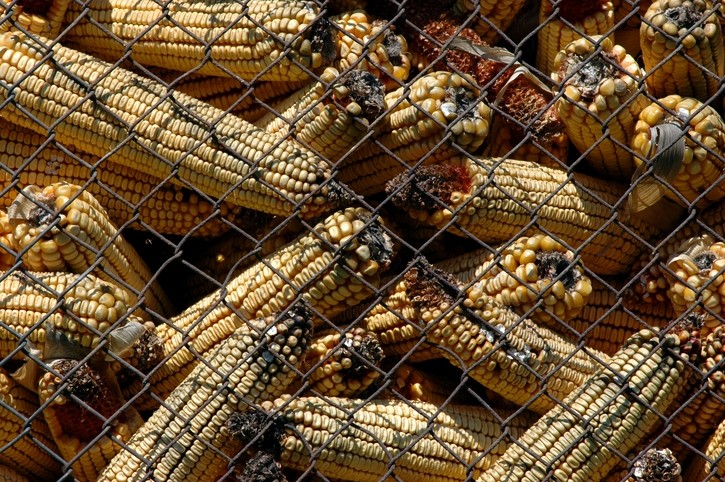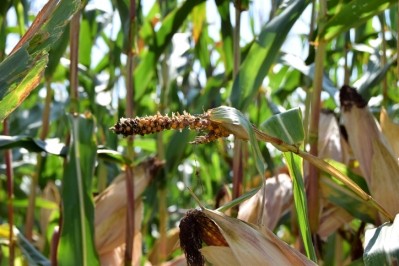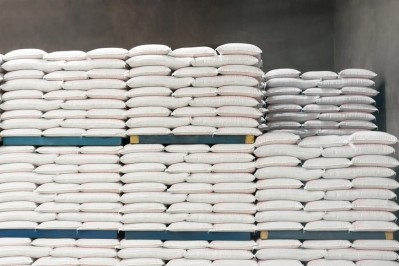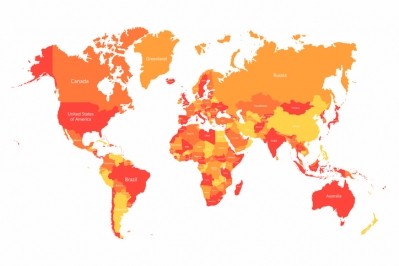Summer rains may bring autumn mycotoxin challenges for US producers

We caught up with Max Hawkins, mycotoxin management team member at Alltech following his monthly mycotoxin report presentation last week regarding mycotoxin levels found in silage samples in the US. The report examined the presence and prevalence of several different mycotoxins found in the unfermented corn silage samples that had been submitted this year.
Thus far none of the silages submitted for examination have been linked to poor performance in animals, he said. However, they also had not been fed at the time they were submitted.
The goal of the testing report was to set a baseline for 2018 corn silage, he said.
Although the suggestion always is that producers should test feeds and homegrown feed ingredients or silage for mycotoxin levels, this is particularly a year to pay attention, he told us. Testing gives producers a way to know what the risk level to their animals is.
“It’s much more economical to be proactive than it is to be reactive,” Hawkins said. “If you’re testing before you feed, if you’re testing those ingredients and those feeds then you know what’s there and you know what to expect. You can get the livestock prepared to handle it and that’s going to be more economical then if you feed it for six months and then have to go in and correct six months of harm.”
There are some areas of the country that have been submitting a greater concentration of higher risk silage samples, he added.
There is “kind of a belt from southeast South Dakota, northeast Nebraska, plus the corners of upper Iowa, southern Minnesota, on into Minnesota, across into Michigan, and then Pennsylvania and parts of New York,” he said. “Those areas, if I’m trying to utilize corn silage in a high percent in cattle diets I want to have that tested.”
Rain damage
Several states in the Midwest, including parts of Kansas, Missouri and Iowa, saw a dry start to the growing season, said Hawkins.
“There were people chopping silage after the fourth of July just to get some forage to have to feed this year and some baling corn, most of it did not contain corn grain,” he said in his presentation. “I’ve never seen silage harvested the second week in July.”
However, much of the mycotoxin load that has been found in silage samples is being attributed to the wet weather seen in corn-producing states, he said. “There were some areas where people tried to replant two, three, four times and it’s just stayed wet all year,” he added.
As rains continued through September into October cases of corn diseases including stalk rot, stock mold and ear mold were reported, he said. From a historical precipitation perspective, some corn-growing areas saw more rain this year than they have for the past 126 years.
“What we’ve got in most of the corn growing area of the US is a year that is at least the 20th wettest in the past 126 years,” said Hawkins. “People ask me, ‘What can I compare this to?’ Well, if you’re the wettest in 126 years, there’s no comparison to be made.”
With the amount of rain seen in some corn-growing states the mycotoxin levels found in testing so far this year, have not been a surprise, he told us.
Additionally, both rain delays to harvesting forages and dry weather prior to production cause challenges in packing and fermenting silage, he said. “As those forages go through storage and are exposed to more oxygen and less fermented acids all kind of things can happen with mycotoxins – they may stay the same, but there’s a much higher risk of mycotoxins increasing.”
Mycotoxin levels and feed use
For the samples examined so far, the average has about 6.26 mycotoxins per sample, said Hawkins. About 99% of samples had two or more types of mycotoxins, and none of the samples tested at this stage have been found not to carry a mycotoxin presence.
At this point, last year samples were averaging 5.16 mycotoxins and in 2016, it was slightly more than three mycotoxins per sample, he said.
Currently, the mycotoxins that have been showing up in most samples include type B trichothecenes or deoxynivalenol (DON), fumonisin and fusaric acid – the common mycotoxins present in corn, he said. There also have been levels of Type A trichothecenes or HT2 and some presence of zearalenone.
“What we’re seeing here are fusarium toxins are quite prevalent – fusarium toxins like it quite wet,” he said. “What we have this year, though the Corn Belt or corn growing areas is a very wet environment.”
Average samples have just about 2,000 parts per billion of Type B or DON family of mycotoxins, he said. Type A trichothecenes is showing up a little higher at about 36ppb and zearalenone is about 87ppb on average.
About 80% of samples would be moderate or high risk to feed to dairy cows and more than 90% would present moderate or high risk when fed to calves, he said. About 75% would be moderate or high risk when used in beef cattle rations.
The main risk for dairy cows is DON or type B trichothecenes and there are several DON conjugates in the samples, he added.
The percent of samples that had type B trichothecenes have increased from August through October ranging from 83% to 100%, said Hawkins. Similarly, the parts per billion have increased month-to-month.
That pattern has been repeated at lower levels by H2 or type A trichothecenes and zearalenone, he said. “We’re following the Fusarium family of toxins through, with an increase from August into September and even higher as we get into October,” he added.
“As we go up through the months we go from low risk to above high risk to well above high risk in terms of REQ for dairy cows,” he said. “So with that, we know our tendency is going to be to have issues with intake, milk yield, rumen function, gut health and immune response.”
However, he said, there are ways to work with most silages that have a mycotoxin presence, including dilution of use within a diet.
Additionally, although there has not been much penicillium found in the samples examined, that is expected to change as silage facilities are opened later in the year or into 2019, said Hawkins.
“We haven’t seen a lot of Penicillium mycotoxins at harvest,” he said. “When silage facilities are opened up and guys begin to feed out of them I really expect to see higher penicillium levels.”
Outside of silages, there also have been some questions about corn byproducts like dried distillers grains (DDGS) or corn gluten and the potential for mycotoxin amounts to be increased during the processing, he said.
One potential challenge in addressing those questions is that it can be hard to tell the age of the corn used to generate DDGS or a byproduct, he said. With the amount of corn in storage, it may take some time for corn harvested in 2018 to be processed.
“As you make DDGS or corn gluten from that you reduce the mass of the corn but the mycotoxins remain,” he added. “The levels are increased by three [times] and that’s what we have to be worried about.”















